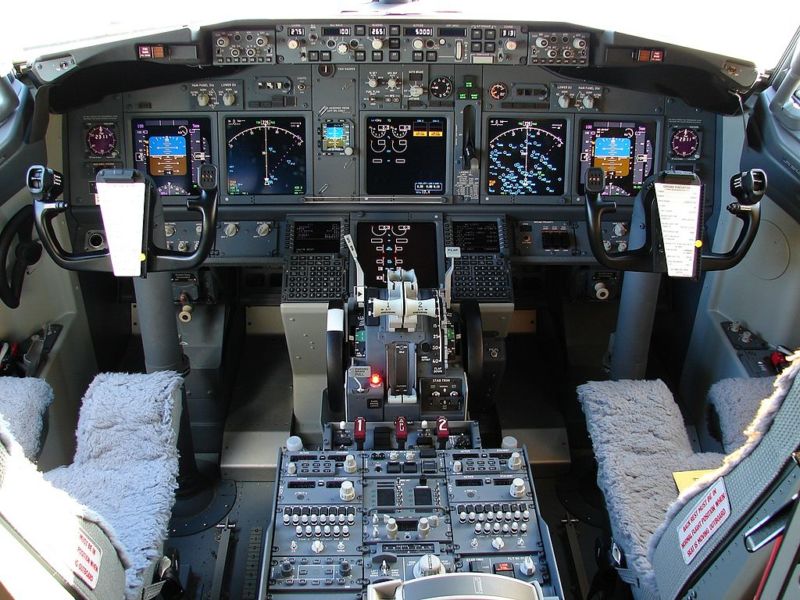
Operationally, it doesn’t make much difference, but for the purists it might. And while most aftermarket MCPs are close enough for the majority of us, only SimWorld comes with the guards near the F/D switches and V/S wheel, and has the round buttons in depressions. The real Collins MCP uses backlit LCD alphanumeric displays instead of the LED displays you see on simulation replicas, such as my CPFlight MCP Pro.

Boeing 737 main instrument panel Captain’s side of the 737 MIP with chronometer, nameplate, and lower knee panels. Someday, when I have the space, I will probably replace my JetMax SKTQ with a full FDS MIP. They are extremely sharp and easy to read, but did not photograph well with the flash. Also, the Display Units (DU) have a matte finish, not gloss. I realized that the real MIP has a lot more screws in it than you see in simulation products. My happy self sitting in the big man’s chair. I even had to drop the seat as I was bumping my head on the HUG housing. I’m 6’8″ (203cm) tall and I can see how easily cramped a pilot could get on a long haul. I quickly snapped photos and looked around to get a feel for the size, layout, and overall feel of the real deal. The first thing you notice is how small the cockpit really is when fully enclosed. The Captain of our Boeing 737-700 graciously allowed me to have a seat and take a few pictures of the flight deck after the plane had deboarded. Upon returning from my recent trip to Seattle, I was lucky enough to spend a few minutes inside a real 737 cockpit.


 0 kommentar(er)
0 kommentar(er)
